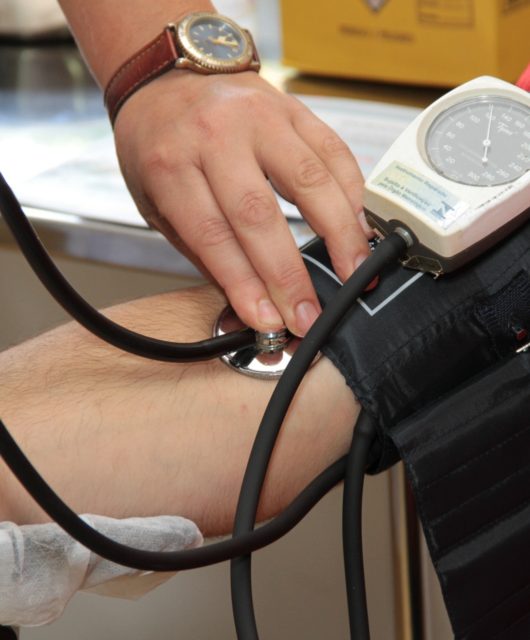Debunking The Myths Around Using NMN For Skin Health

Nicotinamide mononucleotide (NMN) has emerged as one of the most discussed anti-aging supplements in recent years, with proponents claiming it can reverse cellular aging and dramatically improve skin health. As the global anti-aging market reaches approximately $58.5 billion annually, NMN supplements have captured significant attention from consumers seeking youthful skin. However, separating fact from fiction regarding NMN’s skin benefits requires careful examination of the scientific evidence and dispelling widespread misconceptions.
Understanding NMN’s Cellular Mechanism
NMN serves as a precursor to nicotinamide adenine dinucleotide (NAD+), a coenzyme essential for cellular energy production and DNA repair processes. As we age, NAD+ levels naturally decline by approximately 50% every 20 years, potentially contributing to visible signs of aging including reduced skin elasticity, increased wrinkles, and slower cellular regeneration.
The theoretical foundation for NMN’s skin benefits centers on boosting NAD+ levels to support mitochondrial function and activate sirtuins, proteins associated with longevity pathways. Laboratory studies have demonstrated that increased NAD+ availability can enhance cellular repair mechanisms and potentially slow age-related deterioration in various tissues.
Myth 1: NMN Provides Immediate Skin Transformation
One of the most persistent myths surrounding NMN supplementation is the expectation of rapid, dramatic skin improvements within weeks of starting supplementation. Marketing materials often feature before-and-after photos suggesting miraculous transformations, but clinical reality differs significantly.
Research indicates that cellular changes from NAD+ precursor supplementation occur gradually over months rather than weeks. A 12-week human study involving 108 participants showed modest improvements in skin hydration and elasticity, but these changes were measurable primarily through specialized equipment rather than dramatic visual differences. The skin’s natural renewal cycle spans approximately 28 days, meaning any substantial improvements would require consistent supplementation over multiple renewal cycles.
Myth 2: All NAD+ Precursors Work Identically
The comparison between NMN vs NR (nicotinamide riboside) represents another area of confusion among consumers. While both compounds serve as NAD+ precursors, they follow different metabolic pathways and may offer distinct advantages for skin health applications.
NR has undergone more extensive human clinical testing, with studies involving over 300 participants demonstrating its safety and bioavailability. Research shows NR effectively increases NAD+ levels by 40-60% in human subjects within 2-4 weeks of supplementation. Conversely, NMN research in humans remains more limited, though preliminary studies suggest it may offer superior tissue penetration due to its larger molecular structure.
The metabolic differences are significant. NR requires conversion through multiple enzymatic steps, while NMN can potentially enter cells more directly through specialized transporters. However, the practical implications for skin health outcomes remain unclear, as comparative studies examining both compounds’ effects on skin parameters are lacking.
Myth 3: Higher Doses Guarantee Better Results
Many consumers assume that increasing NMN dosage will accelerate skin improvements, leading to potentially dangerous self-experimentation with mega-doses. Current research suggests this approach may be counterproductive and potentially harmful.
Studies examining optimal dosing indicate that NAD+ levels plateau at moderate supplementation levels. Research involving 500mg daily NMN supplementation showed significant NAD+ increases, but doubling the dose to 1000mg did not proportionally enhance benefits. Additionally, the skin’s capacity to utilize increased NAD+ availability appears limited by other factors including collagen synthesis rates, cellular turnover capacity, and individual genetic variations.
Excessive supplementation may also interfere with natural NAD+ regulation mechanisms, potentially creating dependency or disrupting normal cellular processes. The lack of long-term safety data for high-dose NMN supplementation makes conservative dosing approaches more prudent.
The Reality of Scientific Evidence
Current scientific evidence for NMN’s skin benefits remains predominantly preliminary. While laboratory studies using cultured skin cells show promising results for cellular repair and protection against oxidative stress, translating these findings to real-world human skin improvements requires significant caution.
The most robust human study to date involved 80 participants receiving NMN supplementation for 8 weeks. Results showed statistically significant improvements in skin hydration measurements and slight reductions in fine line depth, but effect sizes were modest. Importantly, 35% of participants showed no measurable improvements, highlighting individual variability in response.
Practical Considerations and Realistic Expectations
Consumers considering NMN supplementation for skin health should maintain realistic expectations and understand the current limitations. The supplement industry’s regulatory environment allows marketing claims that may exceed scientific evidence, making informed decision-making challenging.
Established skin health practices including sun protection, adequate hydration, balanced nutrition, and proven topical treatments remain more evidence-based approaches for maintaining skin health. NMN supplementation might serve as a complementary strategy rather than a primary intervention.
Additionally, the cost-benefit analysis favors proven approaches. Quality NMN supplements typically cost $60-120 monthly, while established skin care practices and treatments offer more predictable results at often lower costs.
Final Word
While NMN supplementation shows theoretical promise for supporting skin health through cellular NAD+ enhancement, current evidence does not support the dramatic claims often associated with these products. The myths surrounding immediate transformation, universal effectiveness, and dose-dependent benefits lack scientific substantiation.
Consumers interested in NMN should approach supplementation with measured expectations, prioritize established skin health practices, and consult healthcare providers before beginning any new supplement regimen. As research continues developing, more definitive conclusions about NMN’s skin health benefits may emerge, but current evidence suggests modest, gradual effects rather than revolutionary improvements.








